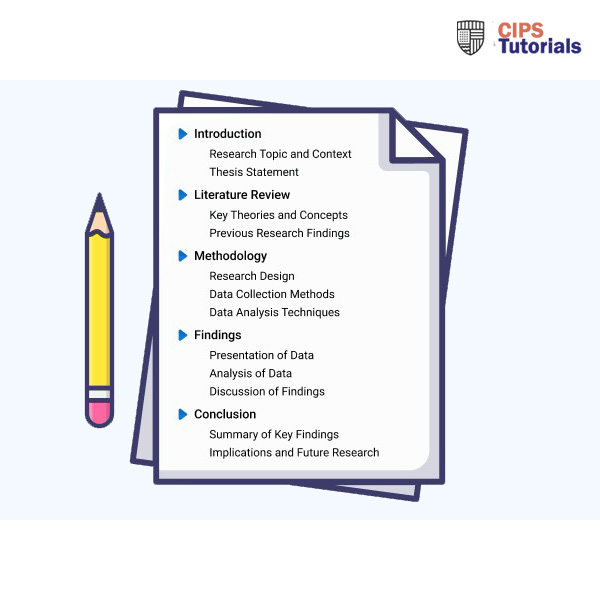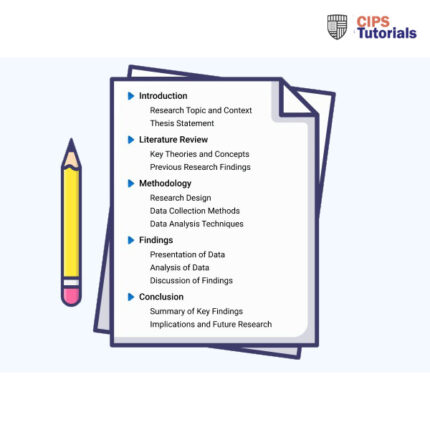-63%
Description
Related Papers
(Solution) New PSE Sourcing Essentials ROSHN Syndicate Cohort
This report makes use of the case study of ROSHN — Saudi Arabia’s leading real estate developer having the responsibilities of delivering quality homes.
ROSNH plays an important role in the organization of construction activity in KSA and currently owns more than sixty percent in the market of residence construction.
The key findings evidence that procurement practices of the organization are orderly with keen emphasis on the relationship it has with the suppliers so as to deliver construction materials in the shortest times and most efficient costs possible.
The key findings evidence that an effective sourcing approaches will work to strengthen ROSHN’s procurement systems, minimize supply-chain vulnerabilities, and centralize costs for the organisation while offering the organization compliance with burgeoning sustainability shifts in the constructions industry.
The following paper assesses the current sourcing initiatives and provides several critical suggestions that can strengthen procurement and supply chain.
The key recommendations arising from this analysis include:
- ROSHN should incorporate Porter’s Five Forces and PESTLE analysis into the organization’s Vendor Management Team (VMT)
- The expansion of the approved list of suppliers by not less than fifteen percent in the course of the next year is vital in eliminating reliance on a few suppliers.
- Improving eSourcing tools especially eAuctions to apply competitive pressures and lower costs of procurement. This will solve the problem of inefficiency in the tendering process and increase transparency while RHOSN already has efficient technology solutions for engaging suppliers.
- Obligatory implementation of a supplier sustainability program that identifies suppliers with high levels of CS
(Solution) New CIPD 5HR01- Employment Relationship Management
(Solution) Level 5 Assessment ID / CIPD_5HR01_24_015HR01 Employment relationship management
(Solution) CIPD 5C003- Professional Behaviours and Valuing People
(Solution) Sourcing essentials (PSE) Facilities management category
This report evaluates and compares four key sourcing approaches: sole, single, dual, and multiple sourcing, within ROSHN, focusing on facilities management as the primary category of spend.
Facilities management is chosen due to its critical role in maintaining ROSHN’s large-scale residential projects and ensuring operational efficiency.
Each sourcing approach is analysed for its advantages and disadvantages, and its applicability to specific procurement needs is explored using strategic tools like the Kraljic matrix and supplier preferencing models.
For instance, sole sourcing is applied to specialised maintenance services, while single sourcing is used for cleaning services due to quality control needs.
Dual sourcing is chosen for security services to mitigate risks, and multiple sourcing is recommended for office supplies within facilities management to foster competition and innovation.
A detailed supplier appraisal checklist for the facilities management category is developed using Carter’s 10 C’s model to ensure a thorough evaluation of supplier capabilities. This checklist ensures that ROSHN selects suppliers who meet stringent quality, reliability, and cost-effectiveness criteria.
The findings highlight the importance of strategic sourcing in maintaining ROSHN’s competitive advantage in the Saudi Arabian real estate market.
The following recommendations aim to optimise ROSHN’s procurement processes, ensuring efficiency, cost-effectiveness, and resilience in its supply chain:
- Conduct thorough market research using tools like Porter’s Five Forces and PESTLE analysis to understand the supplier landscape and market dynamics better.
- Integrate advanced eSourcing tools, including ERP systems and eAuctions, to streamline procurement processes and increase efficiency.
- Adopt dual and multiple sourcing strategies to mitigate risks, enhance competition, and ensure supply continuity for critical categories.
- Develop and maintain strong supplier relationships through continuous performance evaluations, clear communication, and strategic partnerships.
- Provide training and development opportunities focused on strategic sourcing, negotiation skills, and advanced procurement technologies.

